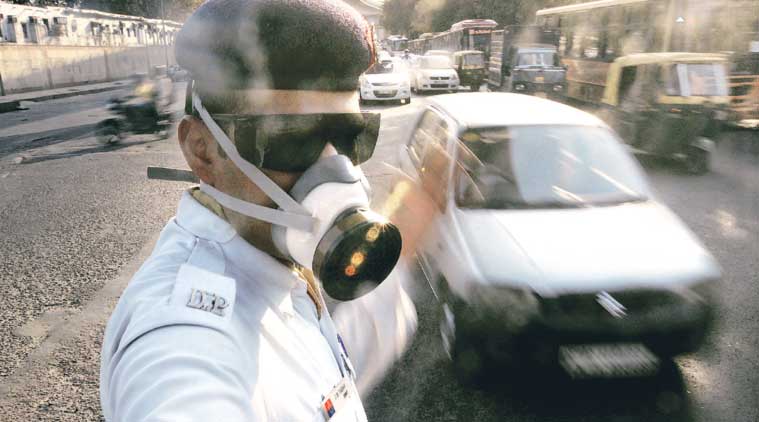It seems so The Society for Indian Automobile Manufacturers (SIAM) is disputing facts and challenging conclusions of a scientific report published by The Ministry of Earth Sciences (MoES) in October 2018. The report showed that vehicles contribute 40% of the total pollution load in Delhi—roughly half the PM2.5, more than 60 per cent of the NOx emissions and over 80 per cent of carbon monoxide load.
What the report means is that action needs to be taken to combat air pollution must drive changes in the fuel, technology of commercial and light-duty vehicles.
Sunita Narain, head of Centre for Science & Environment (CSE) notes: “From the date the report was published SIAM has been hammering away at it—disputing facts and challenging its conclusions. When questions on the technical issues raised in the report were answered, it has continued to lobby against the report. Why? Why should this scientific report raise the hackles of SIAM? Why this virulent campaign?”
Reports suggest SIAM wants government to back down and take this research off its website. Ms. Narain adds: “SIAM has its pet research for which it wants credence. This research has been supported by another government ministry, the Department of Heavy Industry, and has been done by the Automotive Research Association of India (ARAI) and The Energy and Resource Institute (TERI). This study “establishes” that vehicles only contribute some 15-23 per cent of the PM2.5 load in the city. Even less when you take into account PM10. It is dust that is the bigger problem—adding up to 42 per cent of the pollution load.”
She says its erroneous to compare the two reports. “The MoES study is an emission inventory, which looks at total pollution load from different sources. While the ARAI-TERI study is source apportionment—which takes the particulates and fingerprints—or tracks—back to the sources. Apples and oranges, scientifically speaking.”
Is the industry using the ARAI-TERI study to shirk responsibility? Most governments are industry friendly and do little in public interest unless pushed by a vocal civil society.
From the date the report was published the Society for Indian Automobile Manufacturers (SIAM) has been hammering away at it—disputing facts and challenging its conclusions. When questions on the technical issues raised in the report were answered, it has continued to lobby against the report. Why? Why should this scientific report raise the hackles of SIAM? Why this virulent campaign?
Emissions from the transportation sector have jumped by 40% from 2010 to 2018 in the National Capital Region (NCR), according to the latest emission inventory prepared by the Indian Institute of Tropical Meteorology (IITM), Pune, under the ministry of earth sciences.
The share of emission of particulate matter caused by the industrial sector increased by as much as 48% during the same period, though on a far smaller base, the study found. Also, this is largely in the border areas of NCR, according to the emission inventory.
The transport and industrial sectors are both leading sources of PM2.5 emissions and account for 42.230 and 24.10 gigagrams per year, respectively, of total emissions, said the study.
The increase in pollution from the transport sector could be because of a four-fold increase in the number of registered vehicles in Delhi in the last eight years, but the problem has been aggravated by the rise in number of car transport services, scientists highlighted.
The high resolution emission inventory was prepared after mapping local sources of eight important air pollutants, including PM2.5 and PM10, oxides of nitrogen, carbon monoxide, sulphur dioxide, black carbon, organic carbon and volatile organic compounds across NCR.














